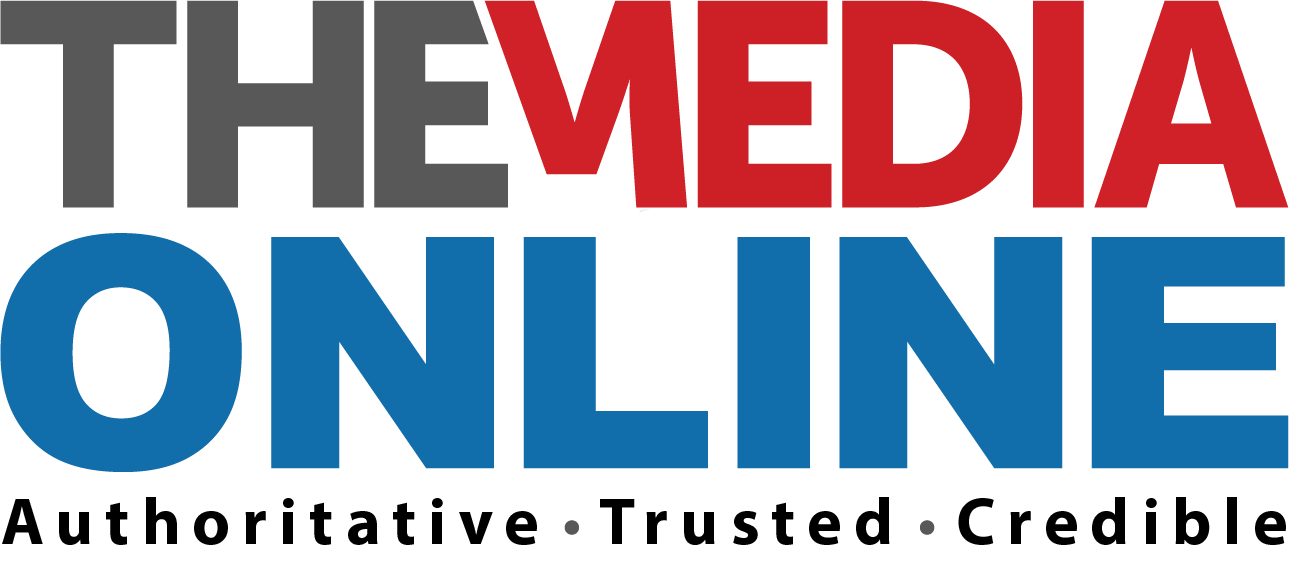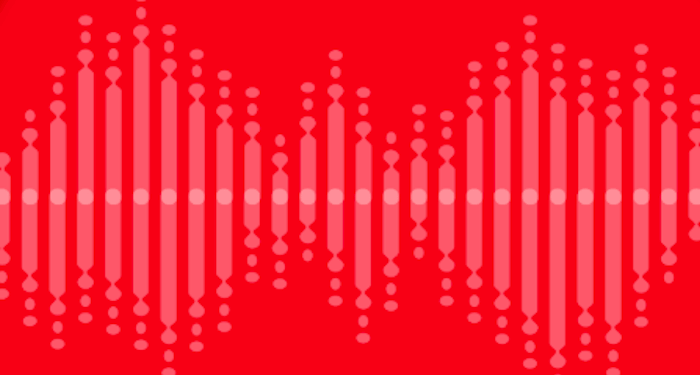There’s something extraordinary about what happens when a voice meets a microphone.
It’s not flashy. It’s not filtered. It’s not designed to chase the next algorithm shift. But it’s powerful. Immediate. Intimate. And deeply trusted.
That’s radio.
For those of us who’ve worked in this medium for decades — and even for those who’ve only recently discovered its magic — we know its strength doesn’t lie in gimmicks or volume. It lies in presence. In tone. In the unspoken bond between the person speaking and the person listening.
As someone who began in the newsroom in the late-90s and has spent recent years immersed in the world of podcasting and digital content, I’ve seen how platforms evolve — but the heartbeat of radio remains the same. It’s the human connection.
The live exchange. The real-time storytelling that helps people feel less alone, more informed, more alive.
Rush to digitise
In our rush to digitise, visualise, monetise and optimise every moment of engagement, we sometimes forget that radio is still the original mass media. Before the internet connected us, radio united us. And in many ways, it still does — especially in places where community is defined not by bandwidth, but by shared lived experience.
What makes radio so enduring is not just its reach. It’s the responsibility that comes with that reach.
Every day, across hundreds of studios and thousands of kilometres, radio broadcasters shape the tone of their communities. We decide what’s worth giving airtime to. We have the power to elevate voices, to challenge the status quo, to reflect a mood — or to gently shift it.
And that’s not theoretical. It’s tangible.
Back radio, loudly
A single moment on-air — a call from a listener, a question asked at the right time, a guest saying something they’ve never said before — can ripple out far beyond the broadcast. We’ve seen it spark national conversations, inspire news headlines, or become the most shared story of the day. Not because it was manufactured to go viral, but because it was real.
That’s radio’s quiet superpower. And we should back it — loudly.
We now have tools that allow us to take these moments further: podcasts, online articles, social reels, headlines and newsletters. But the starting point, the source, is still the mic. And in an industry that sometimes feels under pressure to catch up to everything else, I’d like to gently suggest this: we’re already leading.
Work that matters
To every presenter, producer, writer, journalist, technician, content creator, reporter, music compiler, and sound engineer — whether you’re in commercial radio, community media, or public service broadcasting — this is your reminder.
You are still doing work that matters. You’re creating something that people invite into their homes, their cars, and their emotional lives. That’s not something many platforms can claim.
We don’t need to reinvent radio. We don’t need to make it more like something else.
We simply need to recognise what it already is.
It’s trusted. It’s alive. It’s relevant.
So, let’s hold it to a high standard. Let’s reflect its moments with the same pride we put into creating them. Let’s keep doing the work – but do it with the full awareness of its impact.
Let radio lead.
Diane Macpherson is head of on-demand content at Kagiso Media Radio. With over 25 years of experience in audio storytelling, she is a seasoned broadcast professional and former news editor. Diane leads podcast strategy, development, and production across East Coast Radio and Jacaranda FM. Her deep expertise in both traditional radio and digital audio enables her to craft compelling, award-winning content that connects with diverse audiences across platforms.














